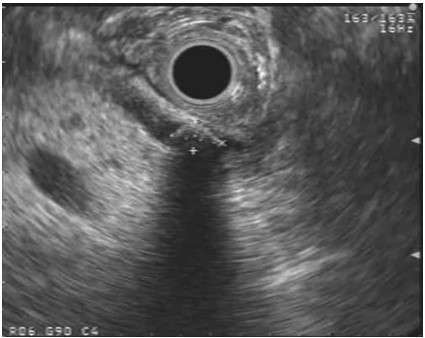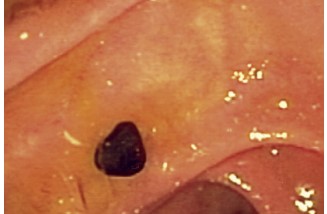
Endoscopic Ultrasound in Bile Duct, Gallbladder, and Ampullary Lesions
Discover the pivotal role of Endoscopic Ultrasound (EUS) in assessing bile duct, gallbladder, and ampullary lesions. This article examines how EUS enhances diagnostic accuracy, aids in determining appropriate management strategies, and reduces the need for more invasive procedures.

Navigating Bile Duct Lesions with EUS
In cases of suspected common bile duct (CBD) stones with low to moderate clinical probability, EUS or magnetic resonance cholangiopancreatography (MRCP) is recommended before performing endoscopic retrograde cholangiopancreatography (ERCP). This approach aims to minimize the risks associated with ERCP by confirming the presence of stones beforehand.

EUS in Acute Pancreatitis and Upper Quadrant Pain
For patients presenting with acute pancreatitis of unknown origin or right upper quadrant pain, when transabdominal ultrasound results are normal, EUS is a valuable diagnostic tool. It can reveal underlying causes not detected by conventional ultrasound, guiding further management.
Evaluating CBD Strictures
When encountering a CBD stricture of unknown origin, EUS plays a crucial role in initial evaluation. If EUS results are inconclusive, ERCP with tissue sampling and possibly cholangioscopy with or without intraductal ultrasonography (IDUS) should follow, providing more definitive diagnostic information.
Assessing Gallbladder Polyps with EUS
Gallbladder polyps larger than 5 mm warrant investigation using EUS. This technique is effective in assessing the malignancy potential of these polyps and informing the subsequent therapeutic approach, thus playing a significant role in patient management.
Staging Ampullary Tumors with EUS and IDUS

Ampullary tumors, often challenging to diagnose and stage, can be effectively evaluated using EUS and IDUS. EUS is particularly adept at differentiating between early stages (adenoma, T1) and advanced stages (T2 to T4) of tumors, thereby guiding appropriate therapy.
Conclusion
Endoscopic Ultrasound is an invaluable tool in the diagnosis and management of bile duct, gallbladder, and ampullary lesions. Its ability to provide detailed imaging and guide therapy decisions underscores its crucial role in gastroenterological practice. EUS enhances patient care by improving diagnostic accuracy and reducing the need for more invasive procedures.
Disclaimer: This content is for informational purposes only and should not be considered as medical advice. Always consult a healthcare professional for personal medical advice.
Learn More About Our Gastroenterology Services
Contact Us for More Information
